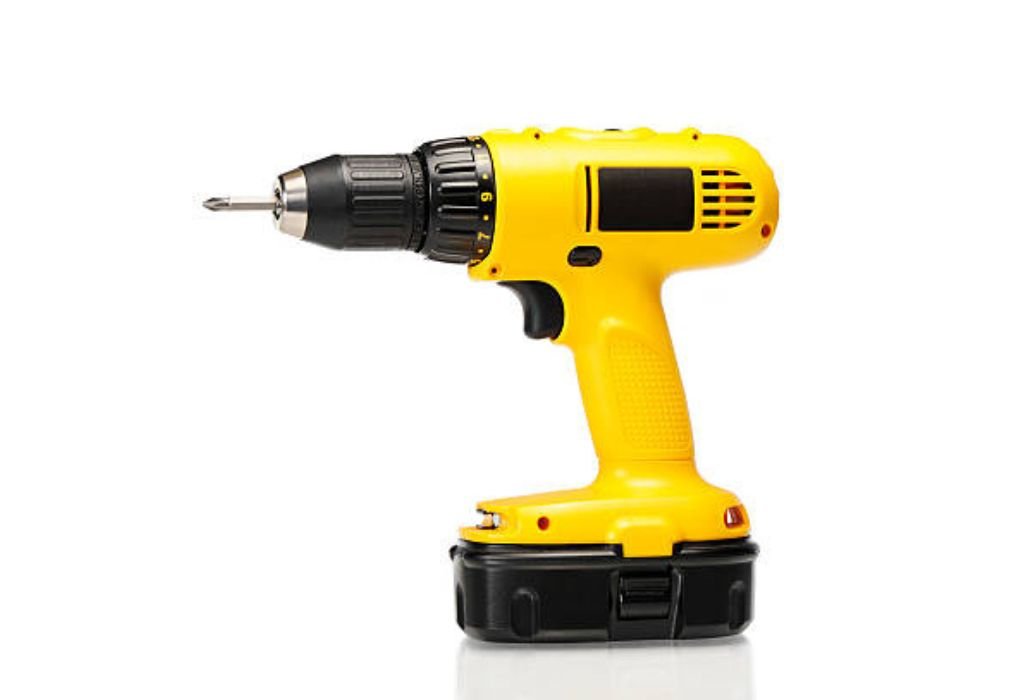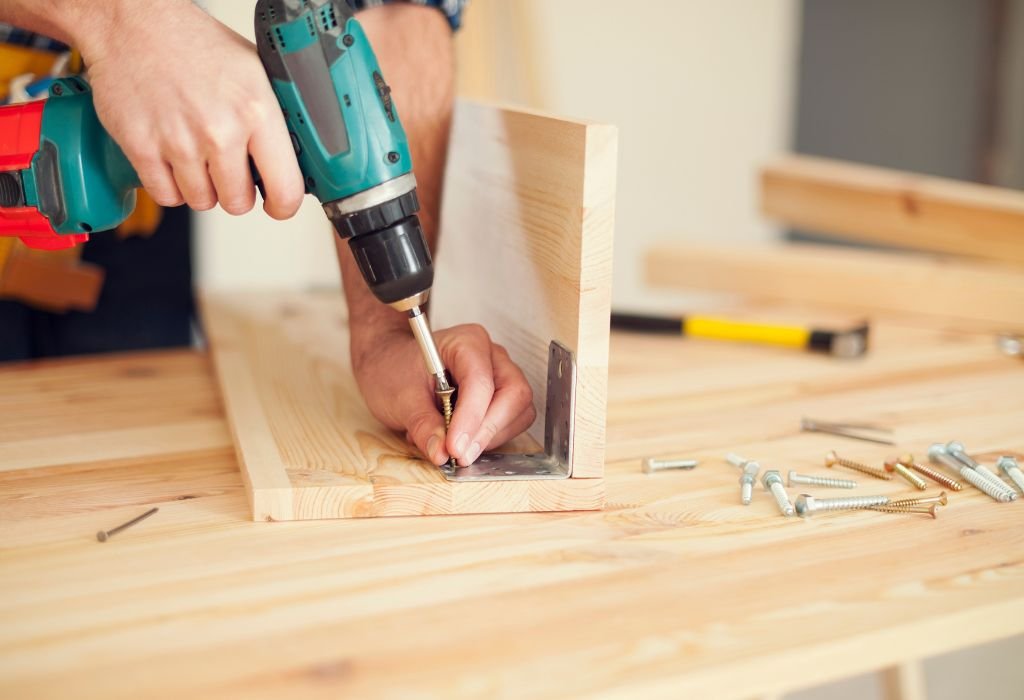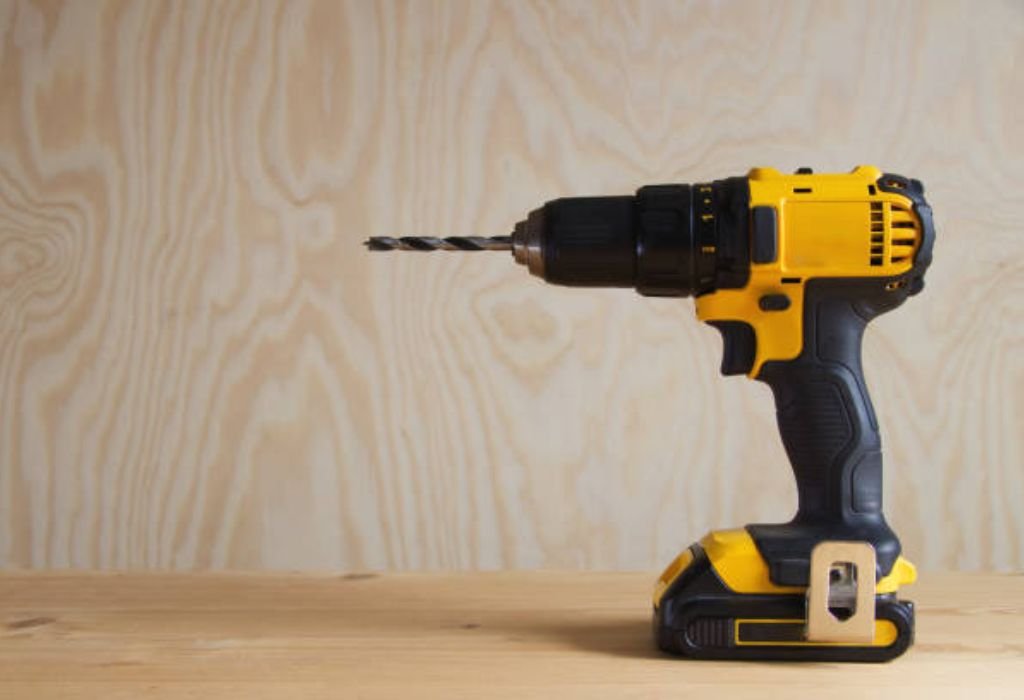A homeowner walks into a hardware store and faces an aisle filled with cordless drills, each with bold promises of power and durability.
The excitement quickly turns into confusion as questions arise about voltage, torque, batteries, and features.
The real challenge becomes understanding what to look for in a cordless drill that matches both the project and the budget.
Buying the wrong drill can lead to frustration when it struggles with tough materials or feels too heavy for regular use.
Cordless drills are versatile tools that handle everything from assembling furniture to driving screws into thick lumber.
They are among the most popular power tools worldwide, used by both DIYers and professionals.
The global power tools market is expected to surpass $50 billion by 2030, proving just how essential these tools have become in homes and industries (Grand View Research).
According to Statista, cordless drills make up nearly 30% of handheld power tool sales, highlighting their widespread demand and usefulness (Statista).
These numbers show why choosing the right drill is more than just picking the first one on sale.
A compact 12V drill may be perfect for small projects, while an 18V or 20V model is better for heavier jobs.
Features like brushless motors, variable speed settings, and larger batteries can make a big difference in performance.
This guide will break down the essential features, from power and torque to ergonomics and pricing.
By the end, you’ll know exactly what to look for in a cordless drill so your investment is reliable, efficient, and long-lasting.
Why Choosing the Right Cordless Drill Matters

Selecting the right cordless drill ensures projects are completed safely and efficiently. A drill that is too weak may fail during a job, while one that is too powerful can be unnecessarily heavy.
Matching a drill to the right tasks saves time and prevents frustration. The wrong drill can shorten battery life, damage materials, and waste money.
Why is drill selection important?
It guarantees efficiency, safety, and long-term value.
Can the wrong drill slow projects?
Yes, it may not provide enough power or runtime.
Does drill choice affect durability?
Yes, the right drill will last longer with proper use.
Is professional use different from DIY?
Yes, professionals need higher performance tools.
Power and Voltage Ratings
Cordless drills are rated by voltage, which directly affects power output. Common voltages include 12V, 18V, and 20V, with each designed for different levels of work.
A 12V drill is lightweight and ideal for small home projects. An 18V or 20V drill is stronger and handles tougher materials like hardwood and metal.
High-voltage drills provide maximum torque but are heavier and more expensive. Choosing the right voltage depends on how often and how intensely the drill will be used.
What voltage is best for DIY?
12V drills are excellent for light projects.
What voltage suits professionals?
18V or 20V drills are standard for job sites.
Does higher voltage mean better?
Not always, since it adds cost and weight.
Can a 12V drill drive screws into wood?
Yes, it handles most household repairs.
Battery Capacity and Runtime
Battery size determines how long a cordless drill can run before needing a recharge. Capacity is measured in amp hours (Ah), with higher numbers offering longer runtime.
Smaller batteries are lighter but need frequent charging. Larger batteries last longer but increase the overall weight of the tool.
Having a spare battery ensures uninterrupted work. Most professional kits include two batteries and a fast charger for convenience.
What does Ah mean on a drill battery?
It indicates how long the battery will last.
Are bigger batteries always better?
Yes, for runtime, but they add weight.
Do I need more than one battery?
Yes, it prevents downtime during projects.
How long do drill batteries last?
Most last 3–5 years with proper care.
Motor Types – Brushed vs Brushless
The motor type affects efficiency, power, and longevity. Brushed motors are cheaper but wear out faster due to friction from brushes.
Brushless motors deliver more power, create less heat, and extend battery life. They are also quieter and more efficient for demanding tasks.
While brushless drills cost more, they are worth it for professionals and frequent DIYers. For occasional use, brushed models are often sufficient.
What is a brushed motor?
A motor that uses carbon brushes and creates more wear.
Why are brushless motors better?
They are efficient, powerful, and longer-lasting.
Is brushless worth the price?
Yes, especially for heavy or frequent use.
Do DIYers need brushless drills?
Not always, brushed drills may be enough.
Torque and Speed Settings

Torque refers to the twisting power of the drill. Higher torque is needed for driving large screws and drilling into dense materials.
Speed settings let you adjust how fast the drill rotates. Variable speed allows precision for tasks like driving screws without stripping them.
Drills with adjustable clutches prevent overdriving screws. Impact modes are helpful when working with very tough materials.
Why does torque matter?
It determines drilling and driving strength.
What is variable speed control?
It provides flexibility for different tasks.
Do all drills have torque settings?
Yes, quality drills include adjustable clutches.
Is higher torque always better?
Yes, but it may drain the battery faster.
Chuck Size and Compatibility
The chuck size determines what drill bits can be used. The most common sizes are 3/8-inch and 1/2-inch.
A 3/8-inch chuck is standard for DIY and light projects. A 1/2-inch chuck provides more versatility for larger bits and tougher jobs.
Modern drills often come with keyless chucks for faster bit changes. This adds convenience and saves time during projects.
What chuck size is common in DIY drills?
3/8-inch is suitable for household use.
What chuck size do pros prefer?
1/2-inch for heavy-duty applications.
Are keyless chucks reliable?
Yes, they are standard and convenient today.
Does chuck size affect performance?
Yes, larger chucks allow stronger bits.
Ergonomics and Comfort
Comfort is crucial when using a drill for long periods. Weight balance and handle design affect how easy it is to control the tool.
Compact drills are easier to use in tight spaces. Extra features like LED lights, belt clips, and soft grips increase usability.
Ergonomics prevent fatigue and make projects more enjoyable. Testing the drill’s weight and feel before buying is always recommended.
Why does weight matter?
Heavy drills cause fatigue during long use.
Are compact drills good for tight spaces?
Yes, they are designed for accessibility.
Do LED lights help?
Yes, they improve visibility in dark areas.
Should I test grip before buying?
Yes, comfort impacts long-term usability.
Additional Features to Consider
Some drills come with hammer functions for masonry work. Others offer combo kits that double as drivers and impact tools.
Safety features like overload protection extend the life of the drill. Accessories such as bit kits and carrying cases add value.
Choosing the right features depends on project types. Occasional users may not need advanced functions, while professionals benefit from them.
What is a hammer drill function?
It lets the drill work on brick and concrete.
Do I need a drill/driver combo?
Yes, if you want one tool for multiple tasks.
Are safety features important?
Yes, they protect both user and tool.
Do accessories improve drill performance?
Yes, good kits expand usability.
Price and Brand Considerations

Price often reflects durability, features, and warranty. Premium brands provide better long-term value, while budget models serve occasional users well.
Warranties are an important part of the purchase. Established brands usually offer better customer support and repair services.
Balance budget with the level of performance needed. Spending more upfront can save replacement costs in the future.
Are expensive drills always better?
Not always, but they last longer.
Do brands matter?
Yes, trusted brands ensure reliability.
Should I consider warranty?
Yes, it provides protection for investment.
Is a budget drill good enough?
Yes, for light and occasional use.
Market Trends in Cordless Drills
The cordless drill market is shifting toward brushless motors. These offer better performance and are becoming more affordable.
Compact designs are gaining popularity among homeowners. Lithium-ion batteries dominate due to their long life and light weight.
Smart drills with digital displays and torque sensors are starting to emerge. These innovations show the growing demand for precision and convenience.
What is the biggest trend in drills?
Brushless motors becoming standard.
Are compact drills popular?
Yes, they are highly demanded for home use.
Are lithium-ion batteries standard?
Yes, they are used in nearly all modern drills.
Are smart drills available?
Yes, with features like torque control.
Conclusion
The answer to what to look for in a cordless drill depends on your projects, frequency of use, and budget. Power, battery life, torque, and comfort are the main factors to consider.
For homeowners, a 12V–18V drill with a 3/8-inch chuck may be ideal. For professionals, a 20V brushless model with higher torque and larger batteries offers better reliability.
By understanding features and matching them to your needs, you can invest in a cordless drill that delivers efficiency, durability, and excellent value. The right choice will make every project easier and more successful.

I’m John F. Nicholas, the founder, lead writer, and drill enthusiast behind 101drill.com. With years of hands-on experience in power tools and DIY projects, I created this platform to share practical knowledge, expert tips, and real-world insights to help others master the art of drilling.
